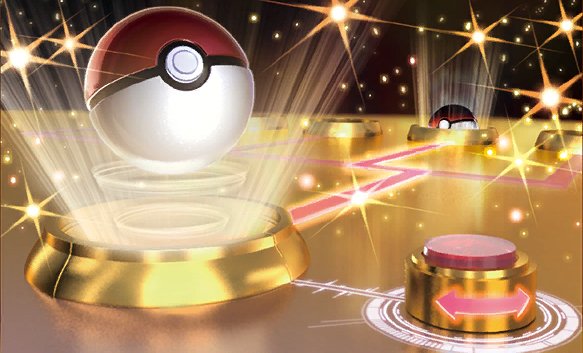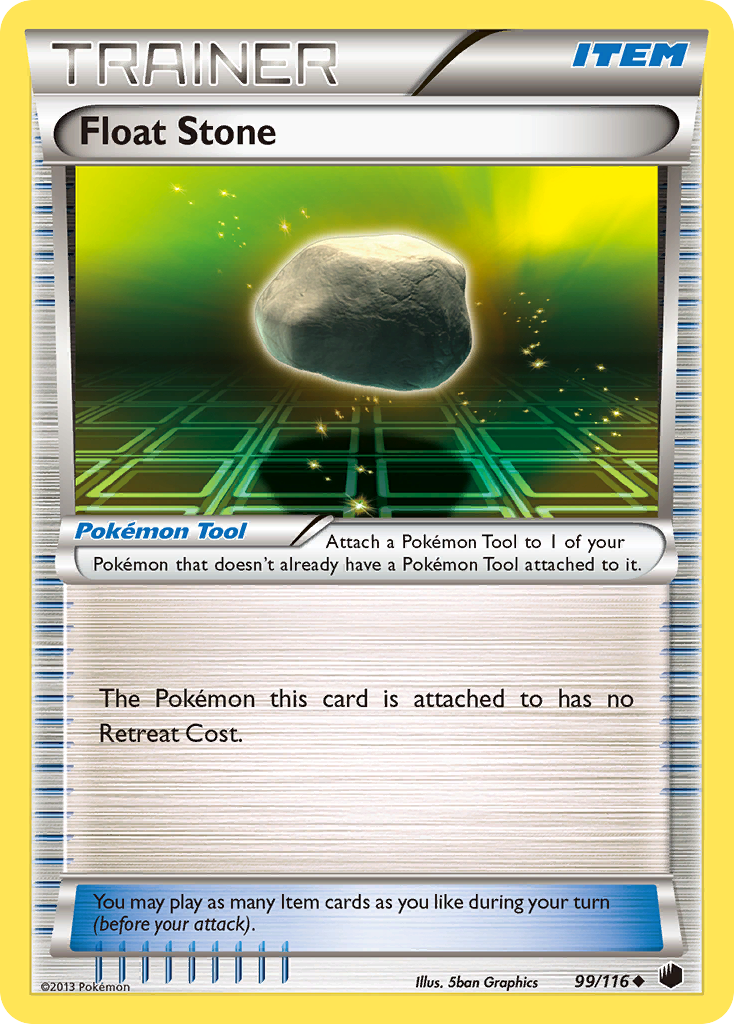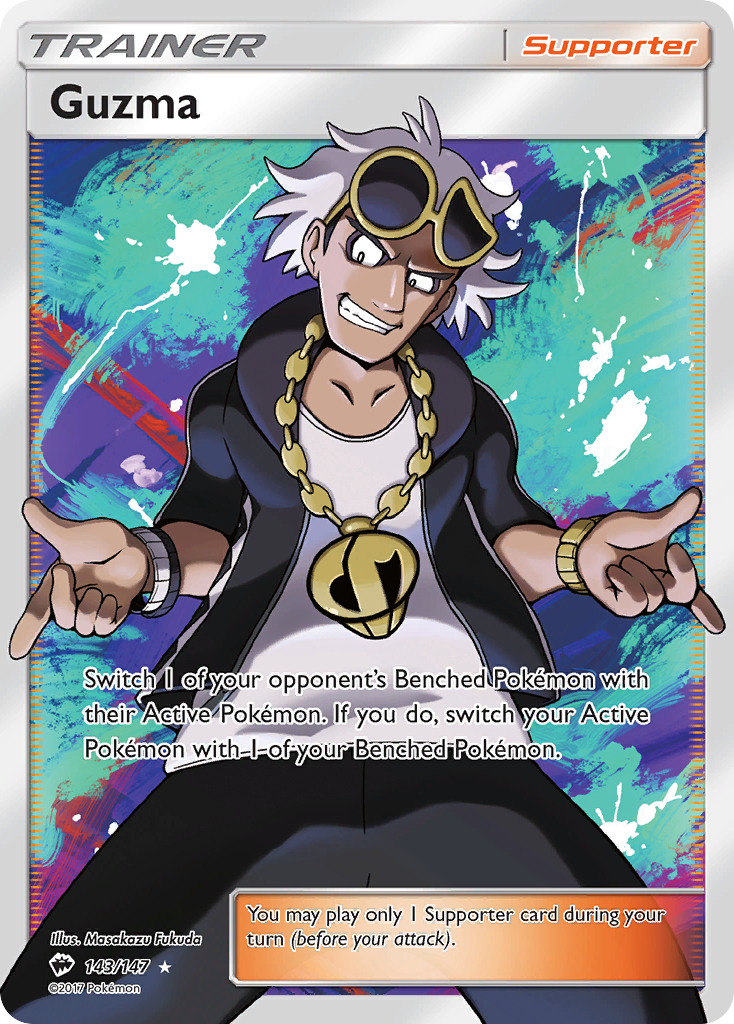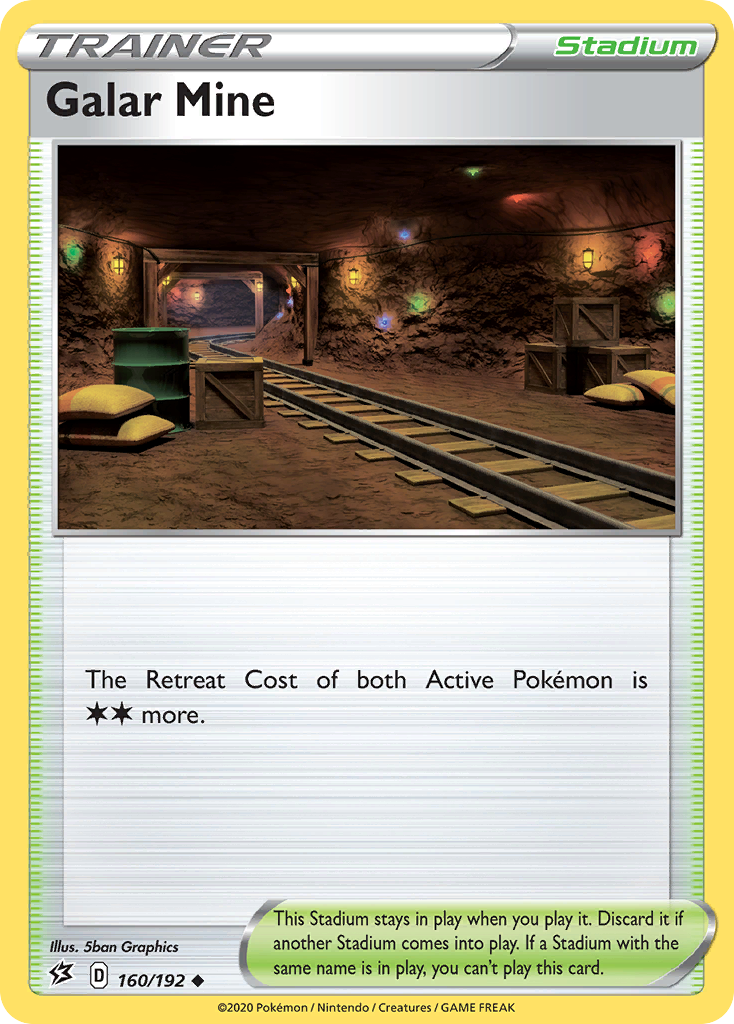Mobility in a Singleton Format

Switching Pokémon in and out of the Active Spot as needed is one Pokémon Trading Card Game mechanic players have come to take largely for granted in our current Standard format (TEU–CRE). Some of the best attacks in format, such as Zacian V’s Brave Blade, come with the ostensible drawback of applying a “During your next turn, this Pokémon can’t attack” effect, which can be removed simply by cycling the attacker to the Bench. No problem, we’ll just attach an Air Balloon to it and run a full four copies of Switch to send it back in for another attack. These same Tool and Item cards can then also be used to give a wounded attacker a breather or rescue a gusted support Pokémon from the front lines. But how do we accomplish these moves in Gym Leader Challenge Format (GLC) with access to 75% fewer copies of each card? This is a question players should be asking themselves as they build their decks. Let’s look at some options.
Pivots

One low-cost way to increase switch outs is to include pivots, Pokémon with no retreat cost. These provide a built-in, reusable means of switching into a Benched Pokémon that can’t be removed by cards like Tool Scrapper. Having a free-retreater on the field gives you an easy promotion target after sustaining a knockout (which happens 2–3× as often in GLC as Standard). This lets you see your topdeck and play some cards before deciding on an attacker for the turn. While there are some decent free-retreat attackers out there, such as the Pheromosa from Forbidden Light, a better place to look might be your pre-evolutions. When selecting among the cards that can evolve into your all-star attacker, consider retreat cost alongside hit points and attacks. You won’t announce those attacks much anyway, but a Basic pivot can still provide value even when its evolution is prized. Also be on the lookout for pre-evolutions with Abilities that grant them free retreat when conditions are met, like a Stadium is in play or they have Energy attached.
Items and Tools

So we can’t run four Switch, but do we still want one copy? Item and Tool cards that provide utility functions like switching and recovery are easy to treat as last fill flex spaces in a GLC deck, but be careful! Not including enough switch outs can lose games, particularly against the Control archetypes that succeed in this format for this very reason. At a minimum, it’s hard to argue against including Air Balloon’s broken older brother, Float Stone, in most GLC decks. But you only get one, so try to avoid wasting it on a 1-retreater just to get in a greedy, early attack. Smartly attaching it instead to a support pokémon like Frosmoth to create a free pivot (whose ability can only target the bench anyway), can help to build a powerful board state for smoothly streaming attacks. If a second Tool is desired, Air Balloon is almost as good on many targets, but watch out for heavier pokémon getting trapped in the Galar Mine!
The problem with running an item like Switch in a singleton format is consistently finding it when it’s needed most. And whereas Float Stone can provide value whenever it turns up, Switch will often be a dead draw. There are other switching item cards to consider that offer a bit more flexibility. Escape Rope can switch while also pushing an opposing threat to the Bench, forcing the opponent to have a switch of their own. Scoop Up Net can switch while also allowing you to remove an early game setup Pokémon from play or reuse an on-evolve Ability.
Supporters

Most Prize-taking decks will include Guzma, one of the most powerful Supporter cards ever printed. The Team Skull leader’s combination gust and switch effect is so broadly useful, you will often select it as the singleton supporter you get to re-use with your one copy of VS Seeker, another common inclusion. But he’s not the only supporter offering a switch. Tate & Liza allow you to choose one of two helpful effects: shuffle draw five or switch. That Item Switch that was a dead topdeck might be very much more alive as a hand refresher. Bird Keeper provides a switch with a draw three attached (provided you could switch). This kid can be a bummer on turn one when all you want your draw supporter to do is find another Basic to avoid getting donked but otherwise can be a nice combo effect in the format.
The Stadium War
While a Stadium like Skyarrow Bridge, Dark City, or Altar of the Moone is a weaker addition, it still might be worth considering if you have not been able to locate any pivots or have few Stadium cards in your list. Not taking part in the back and forth bumping of the opponent’s Stadium card can put you at a lasting disadvantage. Allowing your opponent access to Dimension Valley or Forest of Giant Plants (legal in GLC!) for the entire game is a hard limitation to overcome, and letting a Control gym leader keep their Galar Mine in play as they gust up your heavy Bench sitters will almost certainly cost you the game.
Control

Control strategies aim to prevent the opponent from taking six Prizes before they run out of cards to draw. Switching effects in Gym Leader Challenge would be merely “nice-to-haves” if not for the presenence of these decks. Savvy players noticed quickly after the inception of GLC that singleton meant limited ways to overcome Control styles of play. Colorless decks enjoy a wealth of recovery options like the Oranguru from Ultra Prism that is now banned in Expanded format and the Munchlax from Unified Minds. So in the long run they can gust more than you can switch. You just need enough switch to draw your Prizes before that happens. Fire Control gets reusable gust from the Phantom Forces Pyroar as well as efficient mill out of Centiskorch from Sword and Shield, putting you on a similar clock to take prizes ahead of decking out. Surviving these games will require that you brought enough switches and used them efficiently. Keep that 4-retreat Venusaur out of play and try to keep chunky basics out of your discard pile to shield them from Target Whistle / Echoing Horn. Use your VS Seeker to recover one of those switching supporters. And use a switch resource only when it will earn a Prize card. Good luck!
-Brandon Debes

